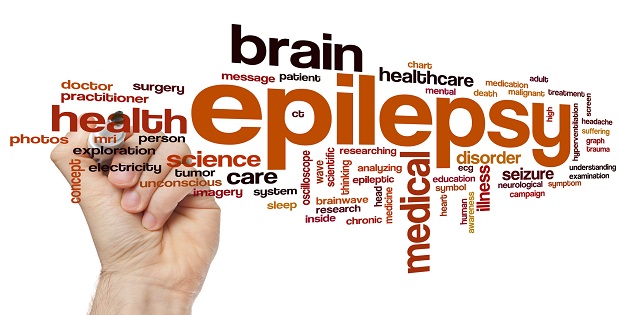5 Mistakes that Could Make a Seizure Worse

First Aid for Seizures
Before discussing first aid for seizures related to epilepsy, the post will briefly discuss what is a seizure and what may occur during a seizure. According to CDC, epilepsy is a disorder of the brain that causes seizures. A person is diagnosed with epilepsy when they have had two or more seizures. These seizures are not caused by a temporary underlying medical condition such as a high fever. Seizures are the main sign of epilepsy.
Signs of Seizures: What may occur before and during a seizure
According to CDC and MedlinePlus, it may be hard to tell if someone is having a seizure. Some seizures only cause a person to have staring spells. These may go unnoticed.
Specific symptoms depend on which part of the brain is involved. Symptoms occur suddenly and may include:
- Sudden falling
- Teeth clenching
- Eye movements
- Grunting and snorting
- Shaking of the entire body
- Temporary stop in breathing
- Loss of bladder or bowel control
- Tasting a bitter or metallic flavor
- Drooling or frothing at the mouth
- Changes in behavior, such as picking at one’s clothing
- Uncontrollable muscle spasms with twitching and jerking limbs
- Mood changes, such as sudden anger, unexplainable fear, panic, joy, or laughter
- Brief blackout followed by a period of confusion (the person cannot remember for a short time)
Symptoms may stop after a few seconds or minutes, or continue for up to 15 minutes. They rarely continue longer.
The person may have warning symptoms before the attack, such as:
- Nausea
- Fear or anxiety
- Vertigo (feeling as if you are spinning or moving)
- Visual symptoms (such as flashing bright lights, spots, or wavy lines before the eyes)
Home Care
According to the CDC and Medlineplus, most seizures stop by themselves. But during a seizure, the person can be hurt or injured.
When a seizure occurs, the main goal is to protect the person from injury:
- Try to prevent a fall
- Ease the person to the floor if possible
- Once on the floor, turn the person gently onto one side. This will help the person breathe
- Clear the area of furniture or other sharp objects
- Put something soft and flat, like a folded jacket or cushion under his or her head
- Remove eyeglasses
- Loosen tight clothing, especially around the neck
- If this was not done already, turn the person on their side. If vomiting occurs, this helps make sure that the vomit is not inhaled into the lungs
- Look for a medical ID bracelet with seizure instructions
- Stay with the person until he or she recovers, or until professional medical help arrives
- Once the seizure is over, comfort the person and speak calmly about what happened
Top 5 Things/Mistakes friends and family members should not do:
- Do not restrain (try to hold down) the person
- Do not place anything between the person’s teeth during a seizure (including your fingers)
- Do not move the person unless they are in danger or near something hazardous
- Do not try to make the person stop convulsing. They have no control over the seizure and are not aware of what is happening at the time
- Do not give the person anything by mouth until the convulsions have stopped and the person is fully awake and alert
When to Contact a Medical Professional
According to the CDC and Medlineplus, call 911 or your local emergency number if:
- The person has never had a seizure before
- A seizure lasts more than 2 to 5 minutes
- The person does not awaken or have normal behavior after a seizure
- Another seizure starts soon after a seizure ends
- The person is hurt during the seizure
- The person had a seizure in water
- The person has a health condition like diabetes, heart disease, or is pregnant
- The person does not have a medical ID bracelet (instructions explaining what to do)
- There is anything different about this seizure compared to the person’s usual seizures
In closing, when someone is having a seizures, it can be very scary and uncomfortable, so you want to remain calm and attempt to follow the guidelines noted above. Read about first aid for different types seizures: Epilepsy Foundation Seizure First Aid. Further, remember to share this post on social media and read more related articles.
Sources:










